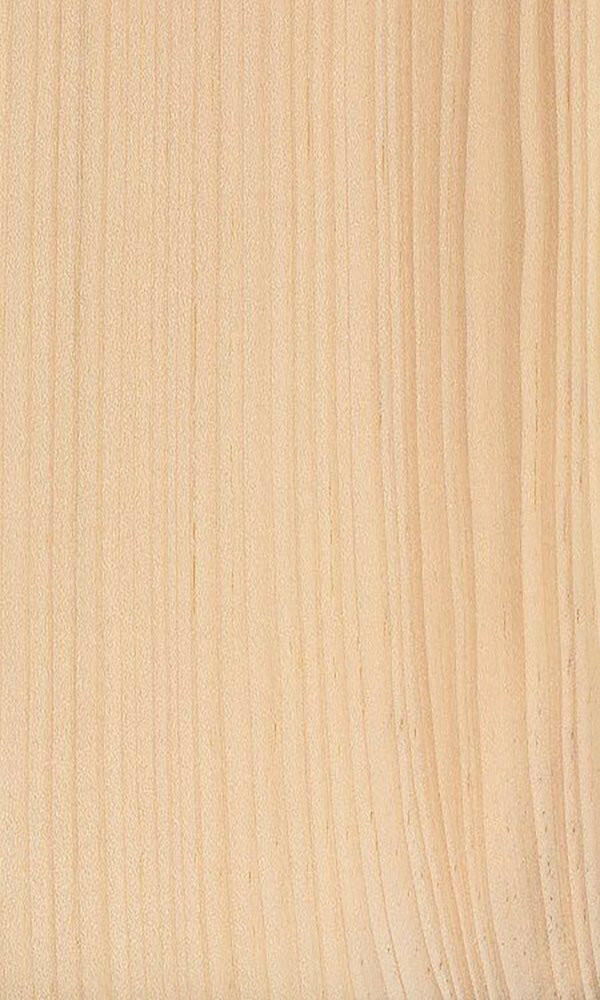
Value-Added Services
NHLA Grading Rules

The NHLA grades are based on the percentage of clear-defect free wood on a board. The measurements of this percentage are referred to as clear-cuttings.
Other than the FAS grades, the grade of the board is determined from the percentage of these clear cuttings and do not consider defects outside of the clear areas.
Learn more about NHLA Grading with this downloadable resource.



